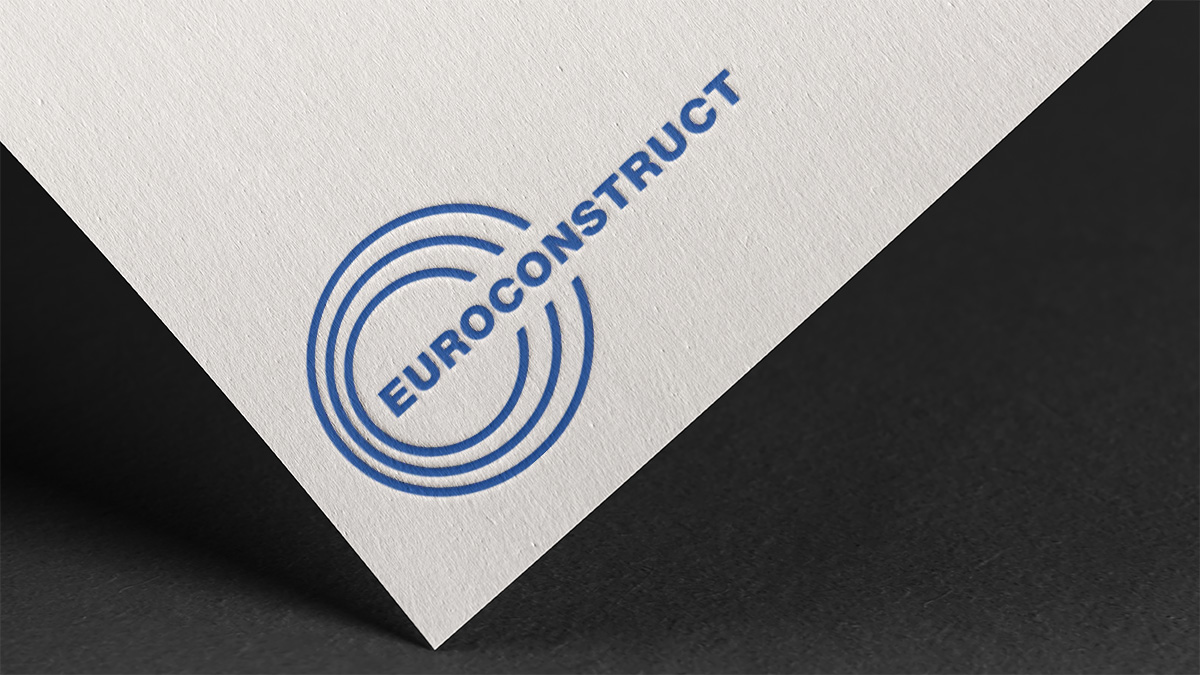
© Photo from Alexander Abero on Unsplash
With the requirement for investments to be seen through a green lens, the capital that businesses need to grow is flowing towards sustainable projects. As more companies embed ESG aims and emission reduction targets into their strategies, we can expect capital to continue to be invested in sustainable real estate solutions, the retrofitting of inefficient spaces, and property technologies for measuring and improving buildings’ operational carbon footprint. As occupiers are increasingly demanding green and sustainable space, the divergence between ‘green’ and ‘brown’ assets in terms of occupancy, rent levels and capital values is expected to further diverge. For real estate landlords, making assets energy efficient isn’t a choice anymore.
Ensuring that new buildings are sustainable and energy efficient is key to global efforts to tackle climate change. Sustainability in modern offices takes many forms but has been predominantly introduced at design stage, rather than through renovations and retrofitting. So what does this mean for older, less sustainable, buildings? With awareness of climate change and sustainability at an all-time high – it is no longer enough for organisations to set ambitious net zero carbon targets without a clear pathway for how to achieve them. The real estate choices that an investor or occupier makes will either enable their net zero carbon journey or obstruct it.
This is manifesting itself in green building policies, the leasing of workspaces with green building accreditations, and investment in solutions to improve energy efficiency. Sustainability is impacting real estate valuations, with valuers placing greater emphasis on energy rating certificates. Buildings which are not sufficiently energy efficient are being marked down and could, in time, become stranded assets, leading to direct and indirect impacts on investment strategies and liabilities.
As climate change and ESG requirements are shifting the landscape and expectations of the real estate industry, the phrase “stranded assets” is now being used to refer to older commercial real estate assets whose value could be adversely impacted with the shift towards greener buildings. Older buildings will require substantial capital expenditure to meet market expectations and/or future regulatory standards. This will result in not only the need for refurbishment but for vast structural changes – creating opportunities for investors (and construction companies) that are prepared to take on development risk to enhance investment returns, as well as for lenders willing to finance the works.
With the ESG Agenda at the forefront of business strategies, the impact of embodied carbon on the carbon footprint of a building should also be taken into consideration. Put simply, embodied carbon is the carbon footprint of a building or infrastructure project before it becomes operational. It also refers to the CO₂ produced maintaining the building and eventually demolishing it, transporting the waste, and recycling it. Over 80% of buildings that will exist in 2050 have already been built, meaning that retrofitting will be pivotal in achieving net zero targets. Refurbishing a building creates far fewer emissions than constructing a new one. Older buildings refurbished to include modern and sustainable technologies are set to be the real sustainable buildings. There are currently no definitive plans in Ireland to regulate or monitor embodied carbon but there are a number of indicators that this is likely to happen over the next five to ten years. Holland and France have already introduced regulations, with Finland set to introduce regulations in 2025 and other countries likely to follow. In 2006, green building certifications such as LEED and BREEAM were novelties but are now the norm for commercial, residential and many public sector buildings. With the movement towards a greater emphasis on recognising the embedded value of existing buildings, this is likely to become a mainstream consideration in the years ahead.
In 2021, the Irish Government approved the ‘Climate Action and Low Carbon Development Bill’ committing to cut carbon emissions by 51% by 2030 and reach net zero carbon by 2050. The introduction of this legislation is part of a global effort to become carbon neutral by 2050, with the EU and UK also committing to this goal. Real estate is fundamental to achieving these objectives, given that it accounts for 40% of all global carbon emissions – RE100, the Global Corporate Renewable Energy Initiative, suggests that new buildings must operate at net zero by 2030 and 100% must operate at this level by 2050 if this target is to be achieved. Sustainable buildings have the potential to generate a rent premium, however, as sustainable buildings become more of the norm, some assets are being left behind, creating a “brown discount”. Market research suggests that this could be as high as a 30% reduction, leading to significant impacts on the values of real estate portfolios. To remain leasable, these assets will require retrofitting.
From a sustainability perspective, it is critical that we place an appropriate value on the carbon we have already committed to in our built environment. Incurring new construction related carbon will of course be necessary, but it should be the least favoured option. Not only to avoid embedding more carbon, but also to limit our encroachment on natural assets and ecosystems. We need to continue to promote compact building and density such that as well as reducing our carbon footprints, we are also promoting biodiversity and natural asset protection. Our goal should be, in so far as possible, to retrofit what we have and further reduce our energy demands through behavioural change and process design.
